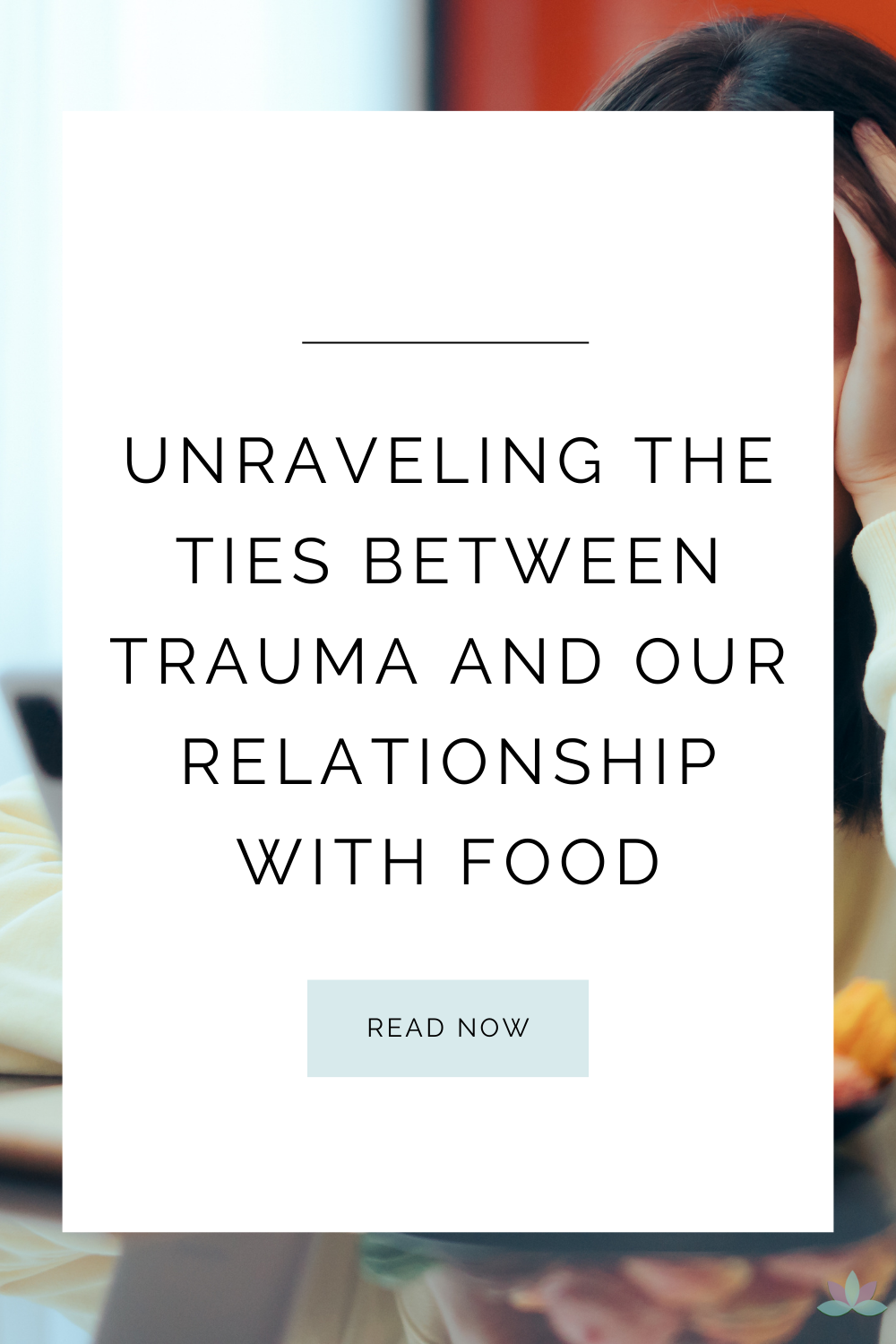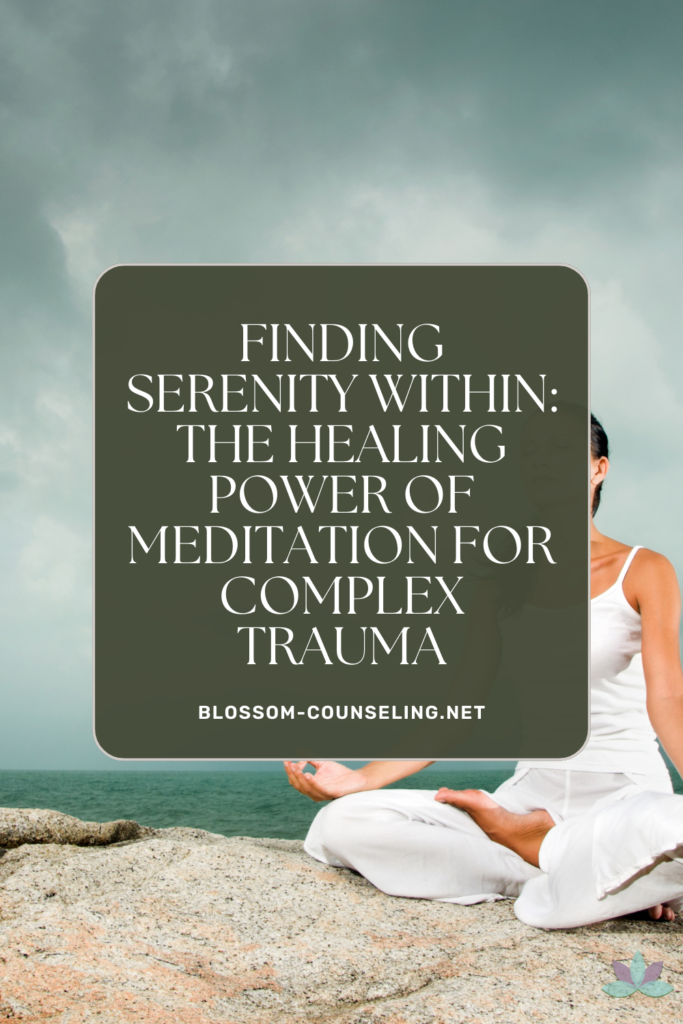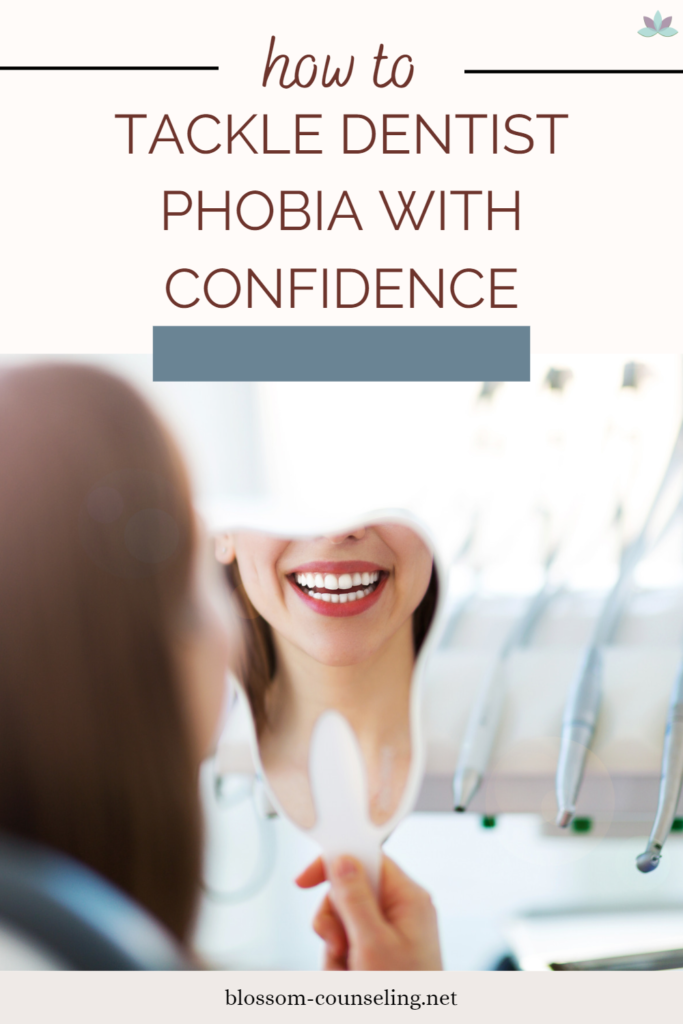
When we think about trauma, we often consider its impact on our minds and emotions, but how often do we pause to consider its intricate relationship with something as fundamental as our eating habits? The connection between trauma and our relationship with food is a complex dance, often hidden in the shadows of our daily lives.
Trauma, in its many forms, can profoundly influence how we interact with food. It’s like an uninvited guest at the dinner table, subtly shaping our choices and feelings. For some, food becomes a source of comfort, a way to fill emotional voids or soothe anxiety. For others, it might transform into a battlefield, a place where control battles are fought, often reflecting deeper, unresolved issues.
The Comfort Food Complication
Picture this: After a stressful day, you find solace in a bowl of ice cream or a packet of chips. It seems innocent, right? But when eating becomes your primary coping mechanism for stress or emotional pain, it can lead to a problematic relationship with food. This comfort eating isn’t just about the pleasure of taste; it’s a response to emotional needs, a band-aid over a wound that requires more than just food to heal.
The Control Conundrum
On the flip side, some individuals exert rigid control over their food intake as a way to cope with trauma. This control can manifest as restrictive eating, obsessive calorie counting, or an overwhelming focus on health and purity in food choices. It’s a quest for control in a world where they might have felt powerless.
The Disconnection Dilemma
Trauma can also lead to a disconnection from bodily cues. Those who have experienced trauma might find themselves out of sync with their hunger signals. They might eat without feeling hungry or starve despite hunger pangs. This disconnection is a survival mechanism, a way to numb or avoid distressing feelings.
Moving Towards Healing
Recognizing the link between trauma and eating habits is the first step towards healing. It’s about understanding that our relationship with food often mirrors our emotional world. Therapy can be a safe space to unravel these connections, to understand the why behind our food choices. It’s not just about developing healthier eating habits; it’s about addressing the emotional pain that led to these coping mechanisms in the first place.
In therapy, we explore the roots of these food-related behaviors. It’s not just about what you’re eating, but also about what’s eating you. Through techniques like mindfulness, we can relearn to listen to our body’s cues, to eat when hungry and stop when full. We address the trauma, working through the pain, and learning new, healthier coping strategies.
But it’s not just about individual effort. Our society’s relationship with food and body image also plays a role. We’re bombarded with messages about the ‘ideal’ body and the ‘right’ way to eat. Healing involves navigating these societal pressures and finding a place of acceptance and peace with our own bodies.
Embracing the Journey
Healing the relationship with food after trauma is a journey. It’s not linear; there are ups and downs, but each step is a movement towards a healthier, more harmonious relationship with food and, most importantly, with oneself. It’s about transforming the dinner table from a battleground or a place of emotional escape into a space of nourishment, joy, and peace.
Understanding the role trauma plays in our relationship with food offers a powerful lens through which we can view our eating habits and our emotional health. It’s about breaking free from the invisible strings that trauma holds over our lives, one meal at a time. Remember, in this journey, you’re not alone. Therapy can be a guiding light, helping you navigate the complex interplay between trauma and food, leading you towards a path of healing and self-discovery.
|
|




